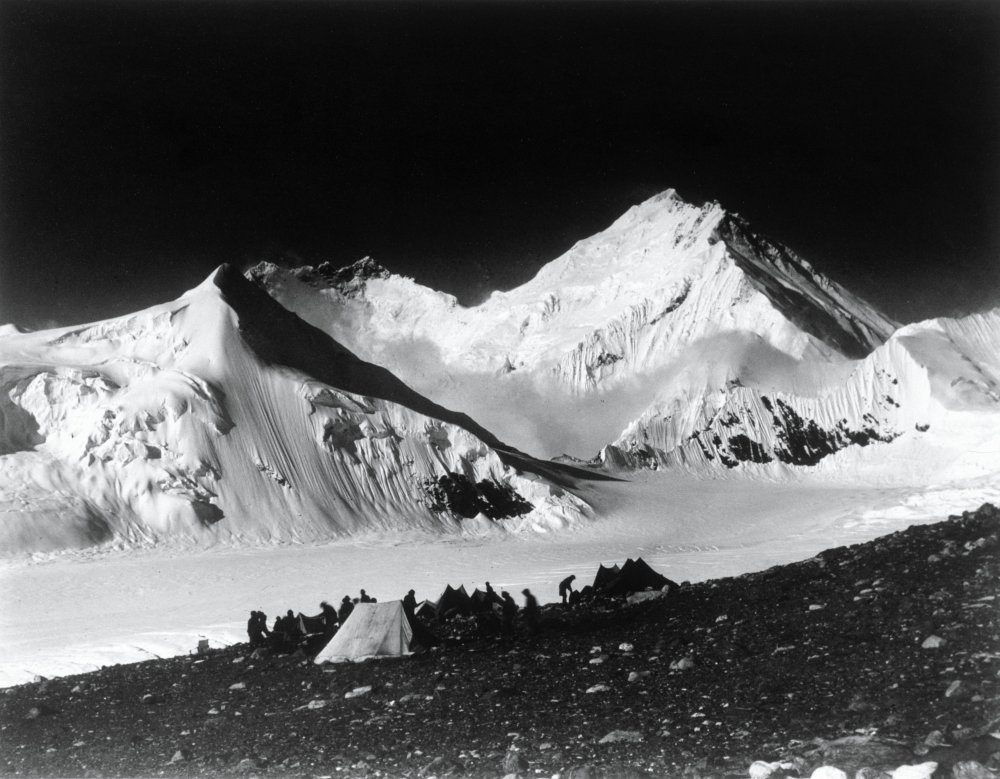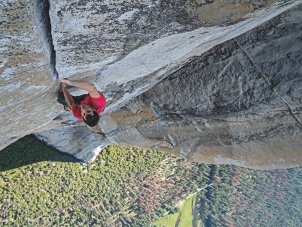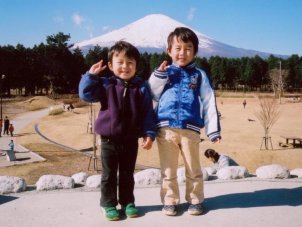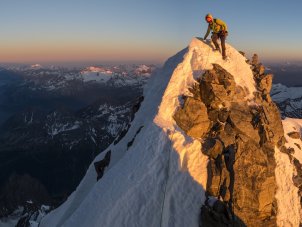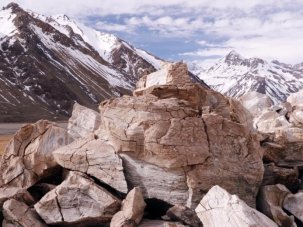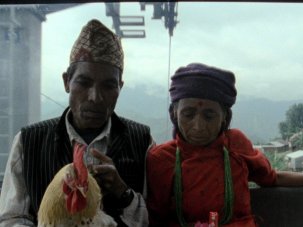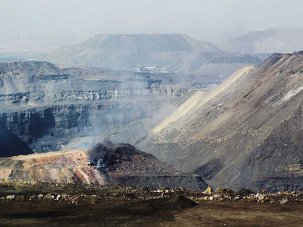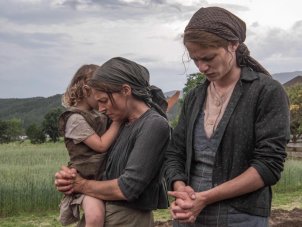John Noel was a soldier by profession but an artist in spirit, whose contributions as a pioneering photographer and cinematographer are only now, with the release of The Epic of Everest (1924), coming to be recognised. For British mountaineers, his name has always been associated with the three epic Everest expeditions of the 1920s which culminated in the disappearance of George Mallory and Sandy Irvine, last seen on 8 June 1924 cresting the North-east Ridge, going strong for the summit, when the clouds rolled in, enveloping their memory in myth. John Noel was among those at Camp 3 that day, peering through his telephoto lens toward the summit.
The Epic of Everest premiered as the Archive Gala of the 2013 BFI London Film Festival and is now available to buy on dual-format Blu-ray and DVD and to stream on BFI Player.
It also screens in the We Are One global film festival on YouTube on Thursday 4 June 2020, curated by the London Film Festival.
Noel was himself an intrepid explorer and veteran of the Himalaya. In 1913, at 23, he had stained his skin with walnut juice and slipped into Tibet in disguise, reaching as far as Tashirak, a mere 40 miles from Everest, before being forced back into Sikkim in north-western India by Tibetan soldiers.
His stirring account of this expedition, delivered on 10 March 1919 at Aeolian Hall for the Royal Geographical Society, had been singularly responsible for setting in motion the chain of events that led to the reconnaissance expedition of 1921 and, the following year, the first British assault on the mountain, led by General Charles Bruce. But what earned him a place on the 1922 expedition was his remarkable skill as a visual artist, gifted with both technical understanding and creative appreciation of the new art of documentary filmmaking.
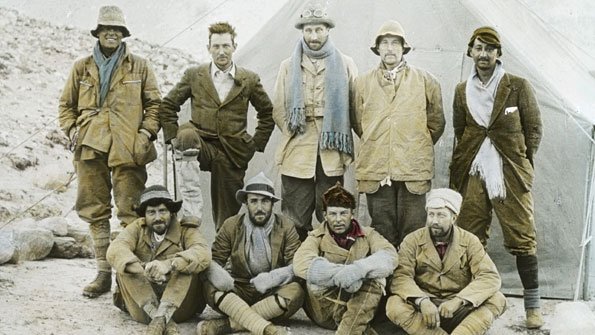
Members of the 1924 Everest expedition in one of John Noel’s hand-tinted images
As a still photographer Noel had been deeply influenced by Vittorio Sella, the Italian pioneer who virtually established the art of mountain photography and invented the equipment that made it possible. Noel’s inspiration in cinematography was Herbert Ponting, who documented Scott’s Antarctic expedition of 1910-11, a film that Noel had watched 16 times before going to Everest.
Like Ponting and Sella, Noel would design or modify all of his kit for the conditions he would face. In addition to cameras, tripods and thousands of feet of raw stock, he brought along a light-proof tent for processing film, developing tanks and chemical fixers, and for drying the negatives a specialised stove designed to burn yak dung.
His camera was modelled after the 35mm Newton Sinclair model Ponting had used in Antarctica. Made of duralumin for lightness, it was 18 inches (45cm) long and a foot (30cm) high, with special bearings that required no oil and a protective rubber cover that allowed him to press his face against the eyepiece without fear of his skin sticking to the metal. The magazine held 400 feet – 122m – of film, which could be advanced by battery or a hand crank. The lens was a 20-inch Hobson telephoto, with optics honed during the First World War. Attached to the top of the camera was a customised six-power telescope for locating and identifying distant subjects on the mountain. Fully loaded, the camera weighed less than nine kilos (20lb).
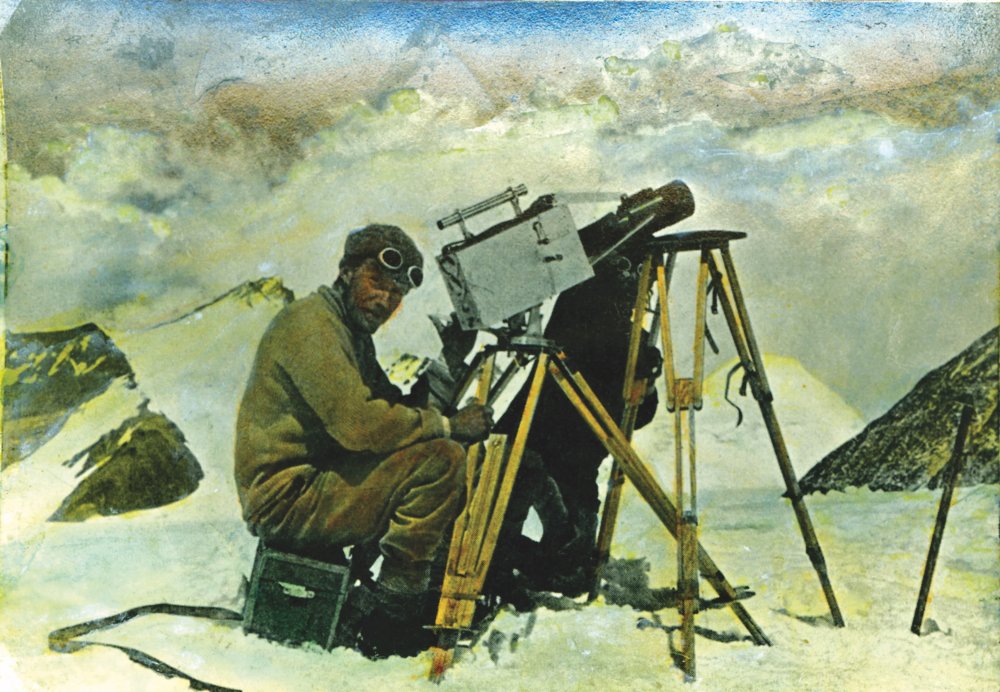
A hand-tinted portrait of John Noel
Noel brought to the 1922 expedition not only state-of-the-art equipment, but also a sophisticated and thoroughly contemporary aesthetic, informed by a rare understanding of what the new medium of film implied. The technology, and the commercial industry it spawned, were barely 25 years old. The British public did not yet have a preference for features over documentaries, which competed head to head in theatres, each form having in common this new and astonishing capacity to conjure out of the darkness flickering images of wild and unimagined worlds.
The most popular film produced during the war was the officially sanctioned The Battle of the Somme, released in August 1916 even as the battle raged. Though highly sanitised, its live footage and the graphic display of life at the Front stunned a nation largely unaware of the reality of the war.
With peace, documentary films unveiled the promise of distant lands, the exotic allure of escape. Noel’s plans for Everest were very much part of a creative wave of adventure that throughout the 1920s propelled filmmakers to every corner of the world: Frank Hurley travelled to New Guinea, a journey that would yield Pearls and Savages (1921), and Robert Flaherty’s Nanook of the North (1922) played in sold-out theatres across Britain, becoming the most popular ethnographic documentary of all time. It was all part of a greater quest, embraced readily by a tired and exhausted people, to show that the life and death of an individual could still have meaning, that the war had not expunged everything heroic and inspired.

An icefield on Everest, one of John Noel’s hand-tinted images
The image of the noble mountaineer scaling the heights, climbing literally through a zone of death to reach the heavens, high above the sordid reality of the modern world, would first emerge from the imagination and through the lens of John Noel. Mallory on the mountain would famously complain to Noel that he had not come to Tibet to become a film star. But he had, whether he realised it or not. ‘St. Noel of the Cameras’ – as Charles Bruce affectionately called the filmmaker, who happened to be Catholic – would see to it. The two films Noel made, Climbing Mount Everest (1922) and The Epic of Everest (1924) – transformed the challenge of the mountain into a national mission, a symbol of imperial redemption, even as they elevated Mallory, still a relatively unknown mountaineer, into the realm of the Titans. “If you had lived as they had lived,” Noel would ask at the end of The Epic of Everest, “and died in the heart of nature would you, yourself, wish for any better grave?”
Commercial imperatives
John Noel’s 1922 film, Climbing Mount Everest, had a disappointing premiere, and only modest success when it toured the country. Ultimately, it grossed £10,000 at the box office; but the Everest Committee – a joint enterprise of the Royal Geographical Society and the Alpine Club which had organised and sponsored the expedition – made a profit of only £500.
This setback did not for a moment deter the filmmaker. In June 1923 Noel made an unexpected and unprecedented offer to the Everest Committee. In exchange for all photographic and film rights to the upcoming 1924 expedition, he pledged to raise £8,000, an extraordinary sum in 1923.
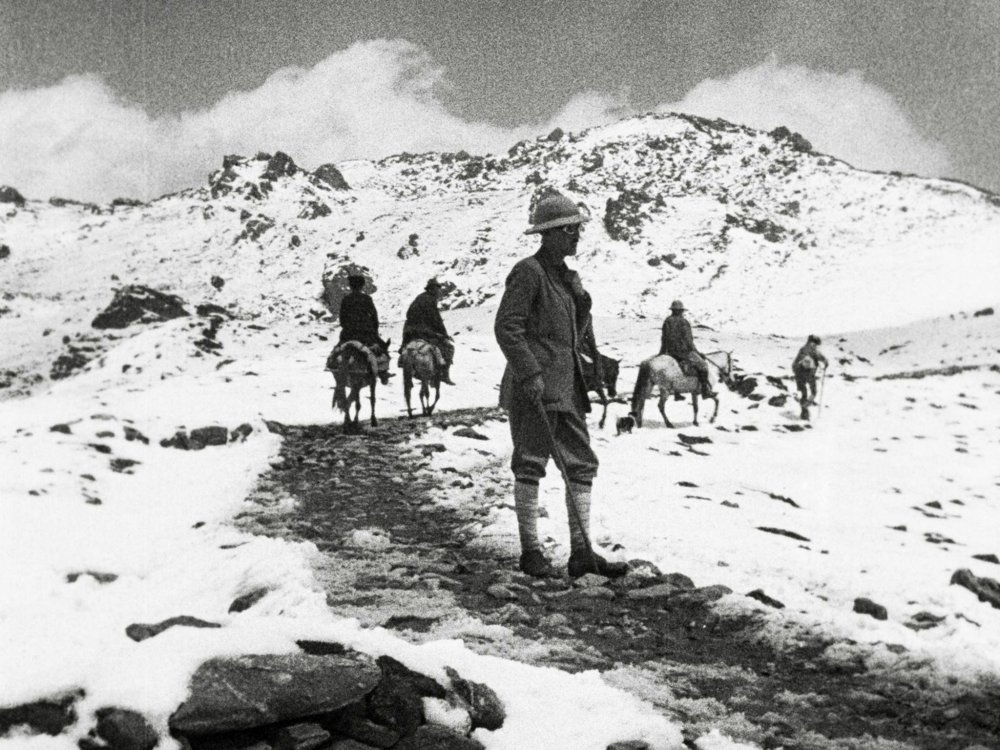
The start of the trek
The terms of the deal were very specific. He would pay £1,000 upon signature, an additional £5,000 by 31 December, the end of the year, and a final instalment of £2,000 by 31 March 1924. The Everest Committee for its part would guarantee diplomatic access to Tibet, facilitate his work in the field provided it was not in conflict with the goals and safety of the expedition, and provide equipment, three tents at Camp III, two on the North Col, as well as one oxygen apparatus and 5,000 litres of oxygen. The committee would have access to the photographs for promotional purposes and various publications, including the anticipated expedition account. But ownership would rest with Explorer Films, the company established by Noel to make all of this possible. Among his private investors were the Aga Khan and Sir Francis Younghusband, president of the RGS and chair of the Everest Committee, who also served as chairman of the board of the new enterprise.
It was an odd turning-point in mountaineering history. The quest for the highest summit slipped from imperial venture to commercial opportunity. The Everest Committee had no choice but to accept. The cash infusion transformed its bottom line. Noel’s offer implied not only an investment of £8,000 but also a saving of £2,000, since the committee would no longer be responsible for paying for film and photographic costs. In a single gesture Noel shouldered all financial risks, even as he liberated the committee to move ahead aggressively with plans for a third expedition to the mountain.
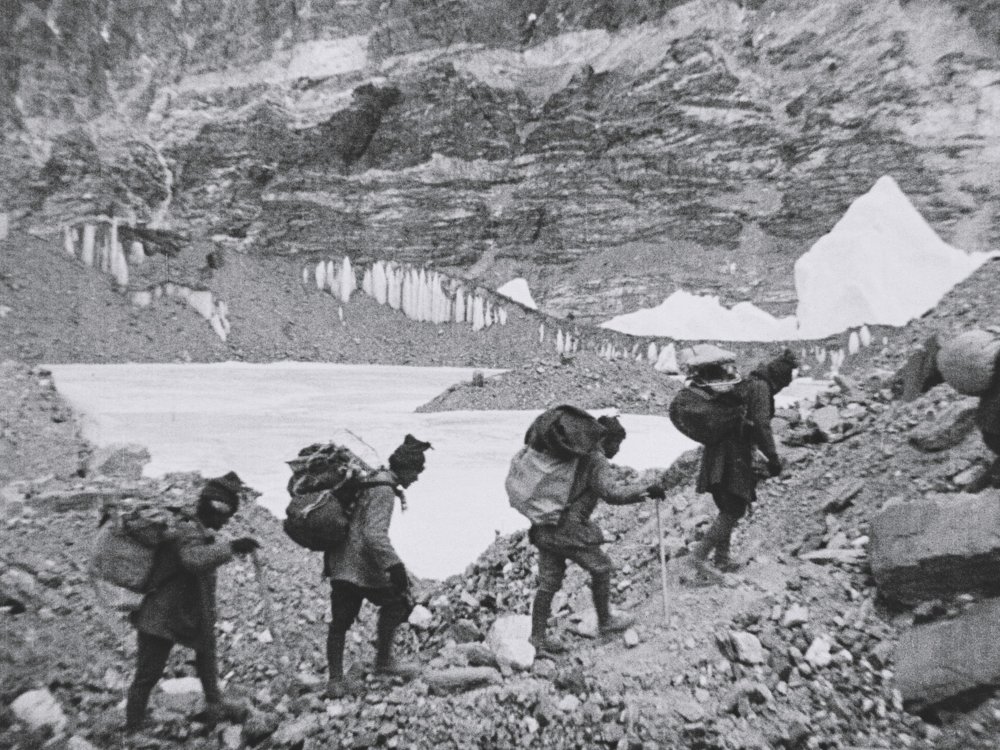
Some of the expedition’s sherpas
Arriving in Darjeeling in March of 1924, the staging point for the Everest expeditions, Noel had a number of immediate challenges to overcome. His attempt to develop and process film in the field in 1922 had encountered extreme difficulties. Dust and sand ruined emulsions. Water and even chemical developers froze overnight. The air inside his light-proof tent became toxic to breathe.
For 1924 he decided to concentrate all the work in Darjeeling. Using funds from his investors, he bought a piece of land and ordered the construction of a photographic laboratory, fully equipped with developing trays, chemical supplies and an electric generator for power. To run the lab Noel hired a local photographer, Arthur Pereira, who with one assistant would work seven days a week for four months. The film itself would travel to Darjeeling in relays of porters and horsemen, carried in air- and watertight containers, which had been custom-built in London. Altogether Noel had 14 cameras, including one pocket-sized model, designed to carry just two minutes of film, for the men to take on the summit attempt.

Sherpas with a telescope
Noel’s technical innovations were startling. Obliged to use black and white film, he recorded the colours of every still photograph with reference to a standard chart, so that once converted to glass negatives the images could be accurately tinted by hand.
His film cameras had special features that mitigated the effect of static electricity, and electric motors that allowed both time-lapse and slow-motion exposures, both novelties at the time. Clipped to his camera was a six-power telescope, which was synchronised with the optimal axis of the lens, such that the image in the telescope was in the aperture of the lens. With a 20-inch telephoto lens he would capture still images at 3,000 yards – the farthest so far achieved. From a perch above Camp III, at an altitude of about 22,000 feet [6,700m], he would be able to film the ascents from a distance of three miles [4.8km], with almost perfect clarity.
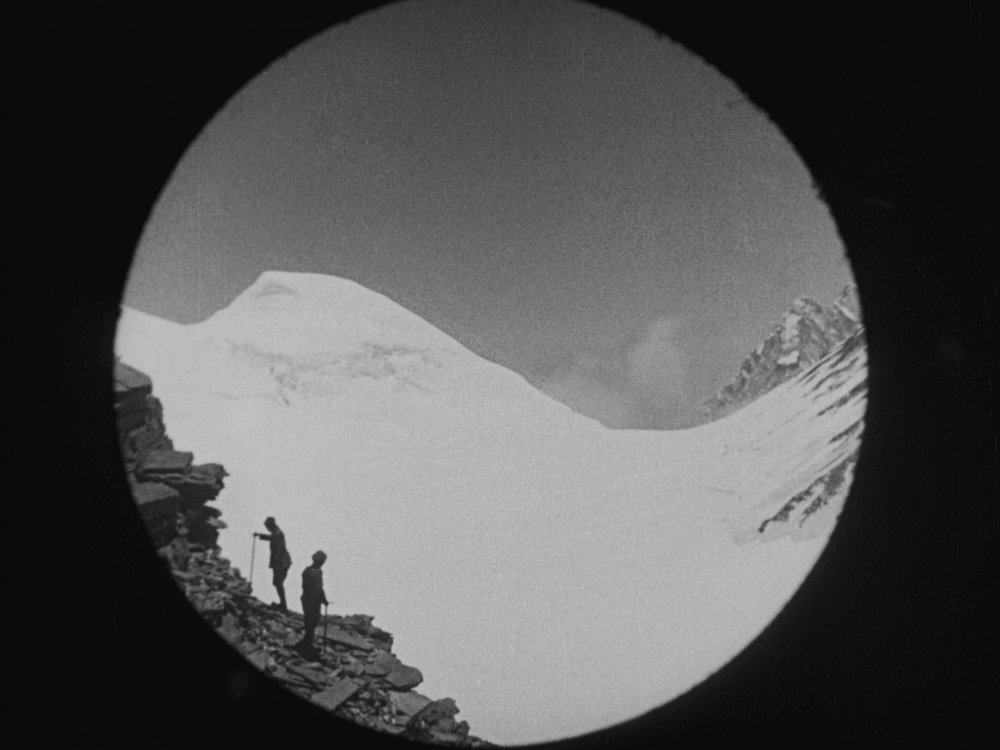
George Mallory and Sandy Irvine ascending Everest, seen through a telephoto lens
To transport his cameras, he bought mules, and had saddles specially designed. With two trained porters to help, he found that with practice he could have his camera out of its box and mounted on a tripod in 30 seconds or less. The footage that eventually found its way back to Pathé News and to theatres all over Britain would be of a quality rarely before seen in newsreels.
Noel’s louse party
The death of Mallory and Irvine did not imply an end to the British dream of Everest, but it shook a war-stained nation, leading many to wonder if and when climbers might ever return to the mountain. The great hope of the Everest Committee, the antidote to grief and national mourning, was commercial success for Noel’s second film, The Epic of Everest, which was scheduled to debut at the New Scala Theatre in London on 8 December 1924, three months after the return of the ill-fated expedition.
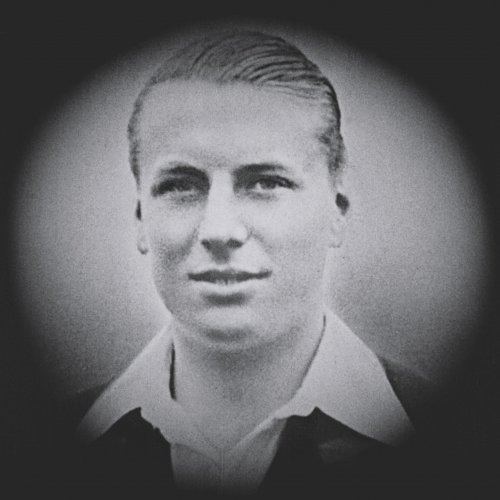
Sandy Irvine
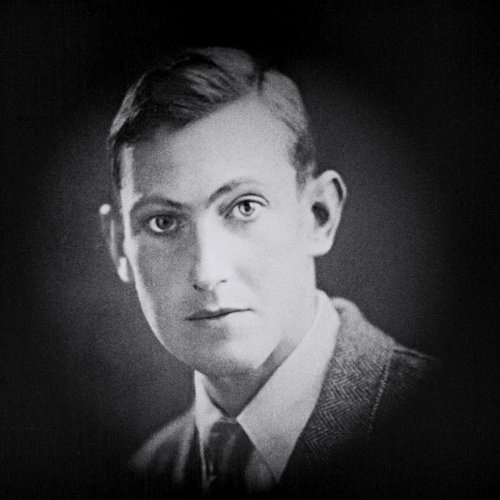
George Mallory
Since the inception of Explorer Films, incorporated on Christmas Eve 1923, John Noel had been running on nerves. From an initial offering of just 200 shares at £1 each, the company had grown dramatically, fuelled by the promise of the third expedition; by February 1924 Noel’s stake alone consisted of 350 Preferred and 5142 Deferred Shares.
His goal, as he wrote to General Bruce, was to produce a film that could compete head to head with any movie “in the cinematograph trade”, meaning any dramatic feature coming out of Hollywood. It was a bold ambition. In 1924 he and his investors had put up £8,000, a small fortune. Much could go wrong. Noel fretted about Howard Somervell’s score for the new film, the absence of footage from the higher camps, even the lack of a female star. He considered making two new films, a climbing saga of Everest and a grand travelogue of exotic Tibet. These very different themes morphed into one, somewhat awkwardly, and the pressure mounted. As Noel acknowledged from the start, only something on a scale previously unimagined in the documentary field would “obtain a large enough scope to repay the cost of producing the film. Success will depend virtually on whether the mountain is conquered.”
The fate of Mallory and Irvine forced Noel to reconfigure the film from heroic triumph to sublime tragedy. As if to distract the audience from the expedition’s ultimate failure, he set out to create a total theatrical experience.
Hiring a noted set designer, he transformed the stage of the New Scala theatre into a Tibetan courtyard, with painted backdrops of Himalayan peaks illuminated in the haunting half shimmer of dusk. As the picture began, the lights would fade, temple doors open and the curtain rise to reveal the flickering drama of another world.
For an added touch of authenticity, Noel arranged for a British agent to bring from Gyantse seven Tibetan monks, along with full ritual regalia; cymbals, copper horns, hand bells and swords, trumpets made from thighbones and drums crafted from human skulls. The monks, according to Noel’s plans, would tour with the film, performing before every screening an overture of religious music and dances, setting the mood, as he put it, with “large doses of local colour”.

Tibetan ‘lamas’ visiting Britain in 1924 to promote The Epic of Everest
The arrival of the “seven lamas” from India prompted newspaper coverage not likely to please Tibetan authorities. Among the headlines in the Daily Sketch: “High Dignitaries of Tibetan Church Reach London; Bishop to Dance on Stage; Music from Skulls”. On the film’s opening night, a dreary Monday, a fogbank swept the length of Tottenham and Charlotte Streets, seeping into the theatre and disrupting the debut. Returning to their flat following the premiere John Noel and his wife Sybil rather inauspiciously came within 15 minutes of dying from a gas leak in their kitchen.
Their fortunes improved in the coming days as positive reviews rolled in, not only in Kinematograph Weekly and Bioscope, the industry rags of record, but in all the daily papers. Noel’s concern about the lack of a female love interest proved unwarranted. The Weekly Dispatch identified the mountain itself as the “leading lady”, with the film being the story of “man’s passionate struggle to conquer the dreadful virgin of the snows”. In time The Epic of Everest would tour Britain, Germany and crisscross North America seven times; in Canada and the United States alone more than a million would see it. Noel’s financial gamble paid off, at least in the short term, but the very success of the film doomed any hope for an immediate return to Everest.
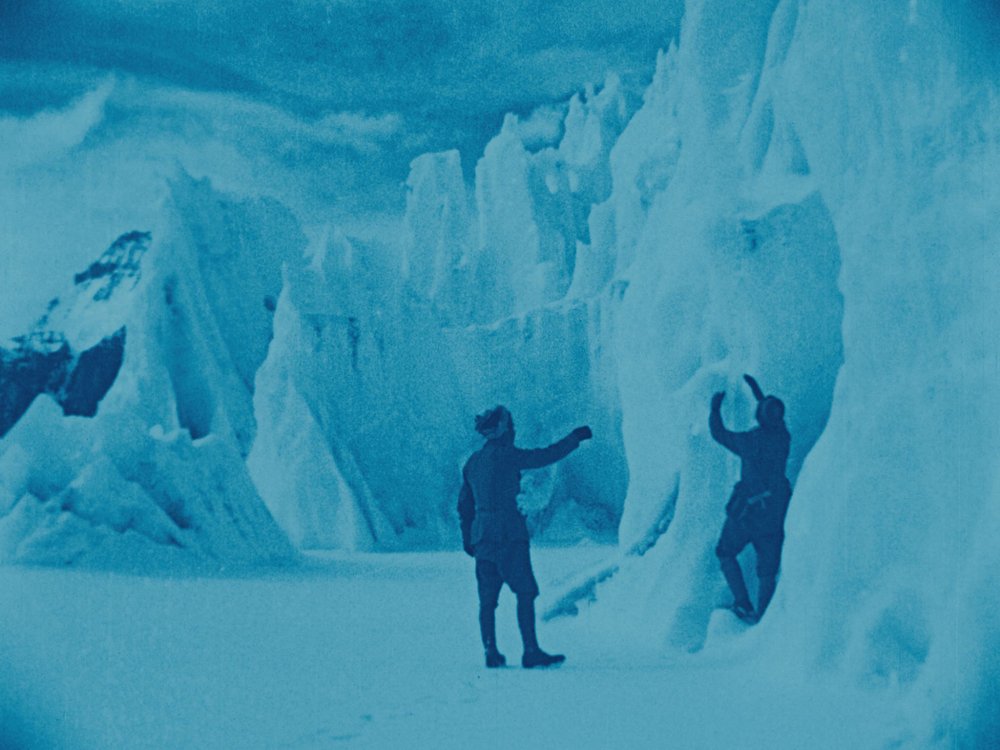
One of Noel’s hand-tinted images from the expedition
Inevitably the production came to the attention of the Tibetan government, which lodged an official diplomatic protest. Ostensibly the offences were cultural and religious. Aristocratic Lhasa did not take kindly to scenes of local men and women delousing their children and eating the lice. That seven monks had travelled abroad without permission of their abbot, only to perform rituals on stage like some carnival show, provoked outrage, especially among the conservative monastic factions then ascendant in the Tibetan capital.
Noel promoted his film as if it had emerged from a quaint and timeless void. In truth, Lhasa in 1924 teetered on the brink of revolution, with the fate of the nation in the balance. The 13th Dalai Lama was a moderniser, at odds with the monastic orders; tensions ran high in Lhasa, and there was even talk of overthrowing the Dalai Lama. Britain was keen to promote a more modern Tibet as a foil to the aspirations of both China and Soviet Russia, and in the summer of 1924 was actively promoting an uprising against the traditionalists. Nothing came of it, but a pronounced chill fell over diplomatic relations between Tibet and the Raj.

Tibetans with a prayer wheel
With the Dalai Lama and liberal factions in the army already on the defensive, Noel’s film could not have come at a worse time. The Maharaja of Sikkim found the scenes of Tibetans eating lice so insulting that he banned John Noel from his kingdom. The Dalai Lama himself considered the entire extravaganza an affront to the Buddhist religion and called for the immediate arrest of the seven Gyantse monks who had gone abroad. The prime minister of Tibet sent a formal note to the British political officer in Sikkim demanding their immediate return; he ended his reprimand with the words the Everest Committee hoped never to read: “For the future, we cannot give permission to go to Tibet.”
There would be no return to Everest in 1925. Within a year Explorer Films would be out of business. When in 1926 the Everest Committee again sought permission to mount an expedition, British diplomats did not even forward the request to Tibetan authorities.
What became known as the “Affair of the Dancing Lamas” had lasting political consequences, reinforcing the traditionalists and undercutting the reforms of the 13th Dalai Lama – reforms that no doubt would have placed Tibet in a much stronger position to cope politically and militarily with the Chinese invasion of 1950, which led to the death of an independent nation. This outcome, impossible to envision or anticipate in 1924, was unfortunately the most lasting and disturbing legacy of John Noel’s film, a work that nevertheless remains an early masterpiece of the documentary genre.
-
The 100 Greatest Films of All Time 2012
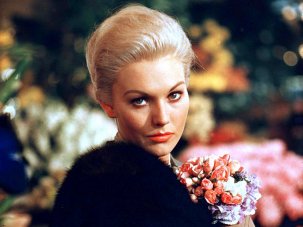
In our biggest ever film critics’ poll, the list of best movies ever made has a new top film, ending the 50-year reign of Citizen Kane.
Wednesday 1 August 2012
-
The Digital Edition and Archive quick link
Log in here to your digital edition and archive subscription, take a look at the packages on offer and buy a subscription.




